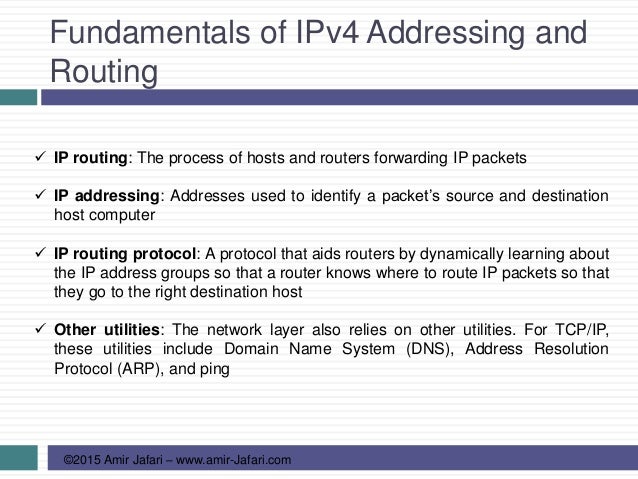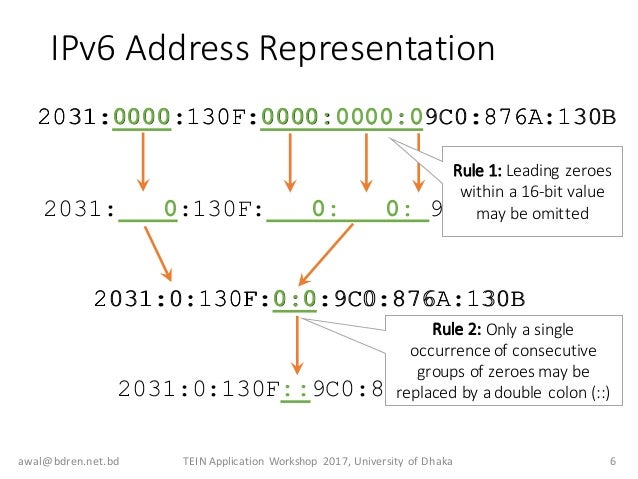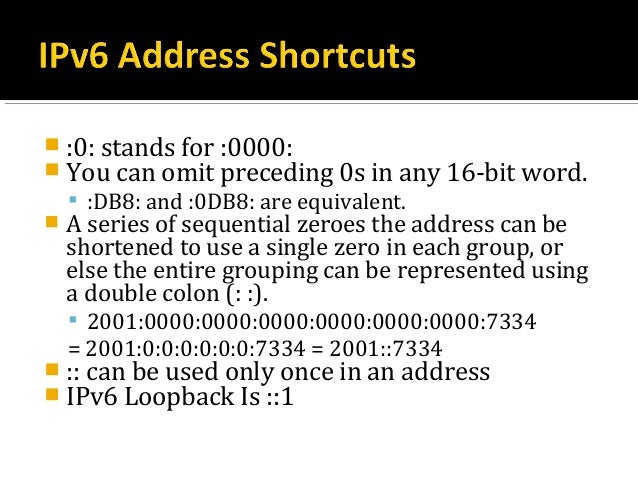
You can use the both zero and leading zero compression together by following the rules of these compression techniques. IPv6 address with Leading zero compression:Ģ001:1265:0:0:AE4:0:5B:6B0 Both Zero and Leading zero compression If you have all zero in a hextex you can represent this hextex with one zero. IPv6 compressed for 2001:0DB8:0000:0000:0000:FF00:0012:3456 The IPv6 Compress tool takes an fully-notated IPv6 address and compress it by removing empty octets (0000), replacing them with a colon (:). In leading zero compression you can eliminate the starting zero(s) from any hextex. Review the example for better understanding.Ģ001:1265::0AE4:0000:005B:06B0 IPv6 Leading Zero Compression

In zero compression you can represent group of zeros by one double-colon (::) but you can perform this only once in your IPv6 address, means if you have two group of zeros in your IPv6 address you can use the double-colon only once. These compression rules and methods are as follow: IPv6 address consist of 8 hextets or parts which is normally difficult to remember, therefore there are some compression method, using compression techniques you can represent IPv6 in more understandable and simple way.

This is a simple example of IPv6 address, you can see in below figure IPv6 address have eight hextets/parts and each hextet/part consist of 4 digits and of 16bits, while every digits is of 4bits that you can find from above table. '::' indicates one or more groups of 16 bits of 0's and can also be used at the leading or trailing part of an address. Representation of all hexadecimal number/digits in binary form is as follows: Hexadecimal # For the IPv6 addresses with long sequences of 0', double-colon '::' is used to compress the 0's in the contiguous sequence of 16-bit block to further simplify the representation. IPv6 addresses are in hexadecimal form, so each digit is of four bits, IPv6 address’s consist of possible digits are 0 1 2 3 4 5 6 7 8 9 A B C D E F. The U.S., for example, is at over 50% adoption while Australia is at just over 29%, Sweden is at 19%, and Argentina is at 18.4%.IPv6 address is of 128 bits and represented in eight octets of 16 bits. Google also breaks down that data by country, which varies pretty widely. According to Google data, around 40% of the world has adopted IPv6 as of June 2023.

Since it's been around longer, IPv4 is more widely used, but IPv6 adoption is growing as addresses on the older IP run out. The large number of variables between the two makes it difficult to see which is faster without extensive testing in a highly controlled environment. Facebook ran a test back in 2015, for example, and determined its website loaded 10-12% faster on IPv6. There are some situations where IPv6 seems to be faster, though.

Cloud-based tech company Sucuri tested the two IPs against one another in multiple scenarios and didn't appear to find much of a difference in speed. Most of the time, IPv6 doesn't appear to be much faster than IPv4. Frequently Asked Questions Is IPv4 faster than IPv6?


 0 kommentar(er)
0 kommentar(er)
